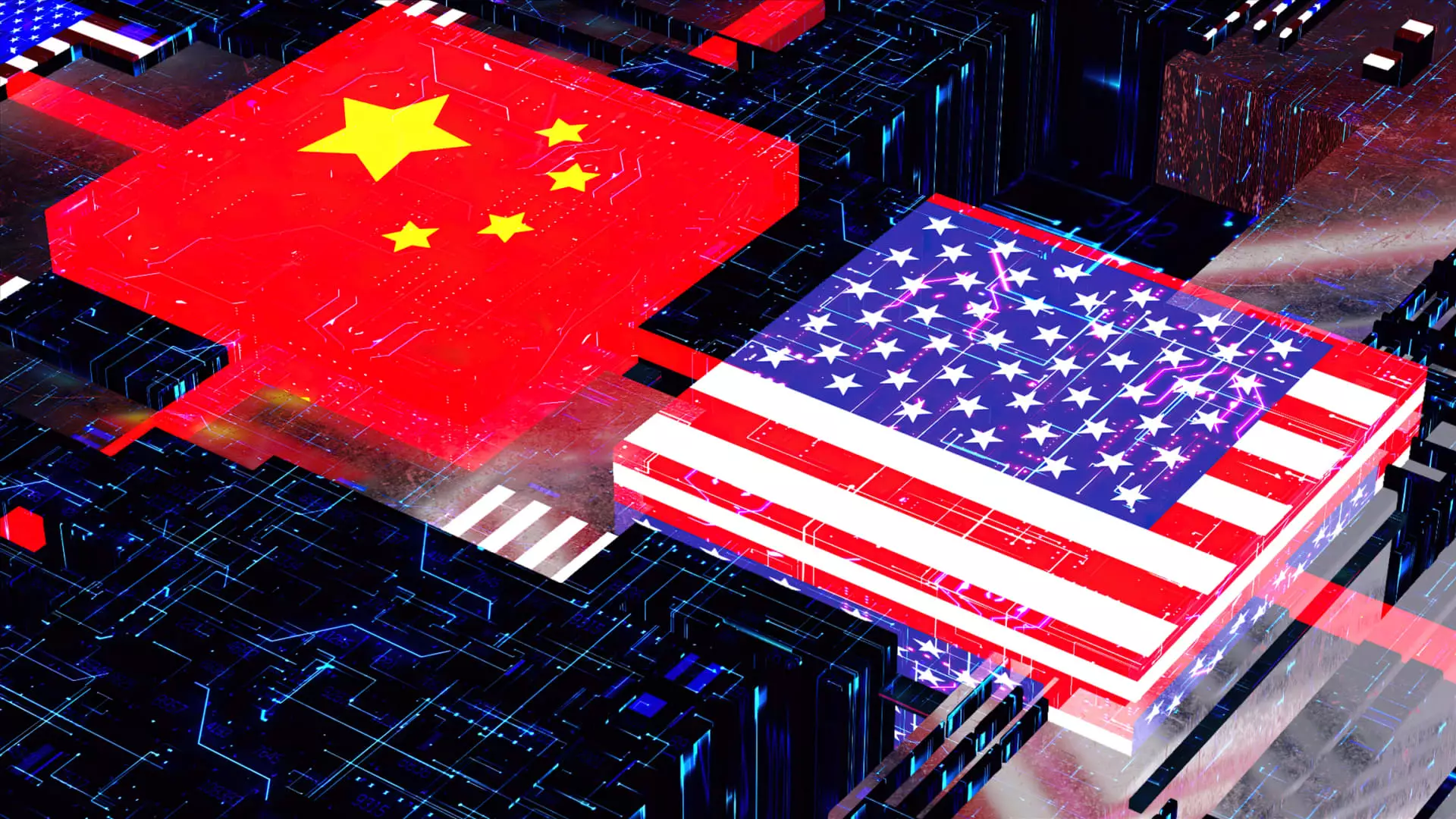In an era of rapid technological advancement, the semiconductor industry, once viewed as the bedrock of innovation, faces a chilling atmosphere of uncertainty. The ripple effects of shifting U.S. tariff policies and increasing export restrictions are crippling the giant firms at the forefront of this crucial sector. What once seemed like a prosperous environment for companies like AMD, Nvidia, and Samsung has turned into a cautious dance rife with economic trepidation. With consumer demand fluctuating dramatically, and geopolitical tensions exacerbating the situation, these firms are left grappling with diminished clarity regarding the future.
Policy Prowess vs. Market Realities
U.S. Presidents, from Donald Trump to Joe Biden, have wielded trade policies like a blunt instrument, often without consideration of the resulting chaos within the semiconductor sector. Trump’s “reciprocal” tariffs initially injected fear, as if a guillotine hovered over the industry, only to be followed by temporary reprieves and exemptions on essential technologies like chips. Despite such relief, uncertainty has entrenched itself deeper. Various companies like AMD have already projected steep losses—up to $1.5 billion—due to aggressive export restraints imposed on AI chip technology headed to China. This alone indicates a glaring misalignment between policy intentions and market realities.
A Worrisome Sentiment Among Industry Leaders
The sentiment among executives has grown increasingly apprehensive. Super Micro’s decision to withhold guidance until market visibility improves and Marvell’s postponement of its investor day speak volumes about the industry’s collective mood. Matt Murphy, CEO of Marvell, explicitly cited the “uncertain macroeconomic environment,” showcasing that even within a sector teeming with innovation, long-standing industry leaders are feeling the constraints of policy and market unpredictability. The stock market seems to reverberate this anxiety as shares take a nosedive; how can one justify investment when the future looks so dim?
The Impact Goes Global
This malaise is not confined to U.S. shores; global powers like Samsung are also sounding the alarm bells. A company of its stature forecasting “demand volatility” is a clear indicator that the geopolitical schisms have crossed borders, affecting established players everywhere. Executives from across the world acknowledge that the high-stakes game of tariffs and counter-measures has left them dizzy in its wake. It’s a gloomy prediction, and companies are left to navigate stormy waters without a compass. The cry for clarity grows louder, even as the supply chain becomes increasingly convoluted.
The Bubbling AI Market Dilemma
Despite the evident turmoil, there exists a paradox: the insatiable demand for AI technology continues. Giants like Microsoft and Amazon are pouring billions into their infrastructures, showcasing that, while the semiconductor sector struggles, demand for certain technologies remains robust. However, there lies the contradiction; how much can the semiconductor industry capitalize on this demand when their hands are tied due to restrictive export policies? The VanEck Semiconductor ETF, a reliable barometer for chip stocks, is down nearly 12% this year, illuminating a critical disconnect.
A Splintered Landscape of Competition
Fierce competition from Chinese firms like Alibaba and DeepSeek is another cloud looming over the United States semiconductor industry. As companies in China double down on developing indigenous technologies, U.S. firms find themselves battling not just for market share but for survival. Nvidia’s CEO, Jensen Huang, has been vocal about the potential of the $50 billion AI market in China. He insists that shutting American firms out risks losing not only revenue but also domestic job opportunities. The trust in American ingenuity appears fragile when faced with the emerging technological prowess of their Chinese competitors.
A Call to Action: The Need for Realism and Agility
The ongoing discussions surrounding technological competition reveal a dire need for American stakeholders to come to grips with reality. While it may be tempting to erect barriers to protect domestic markets, waiting passively while rivals advance only weakens the U.S. position. Huang encapsulates this frustration by advocating for assertive action — “Put the pedal to the metal” is not merely a catchphrase, but an urgent call for accelerated innovation in the face of mounting obstacles. The time has come to prioritize agility over complacency, lest the semiconductor industry finds itself ensnared in an inescapable quagmire. The stakes have never been higher; the need to adapt is not merely a business strategy but a national imperative.

